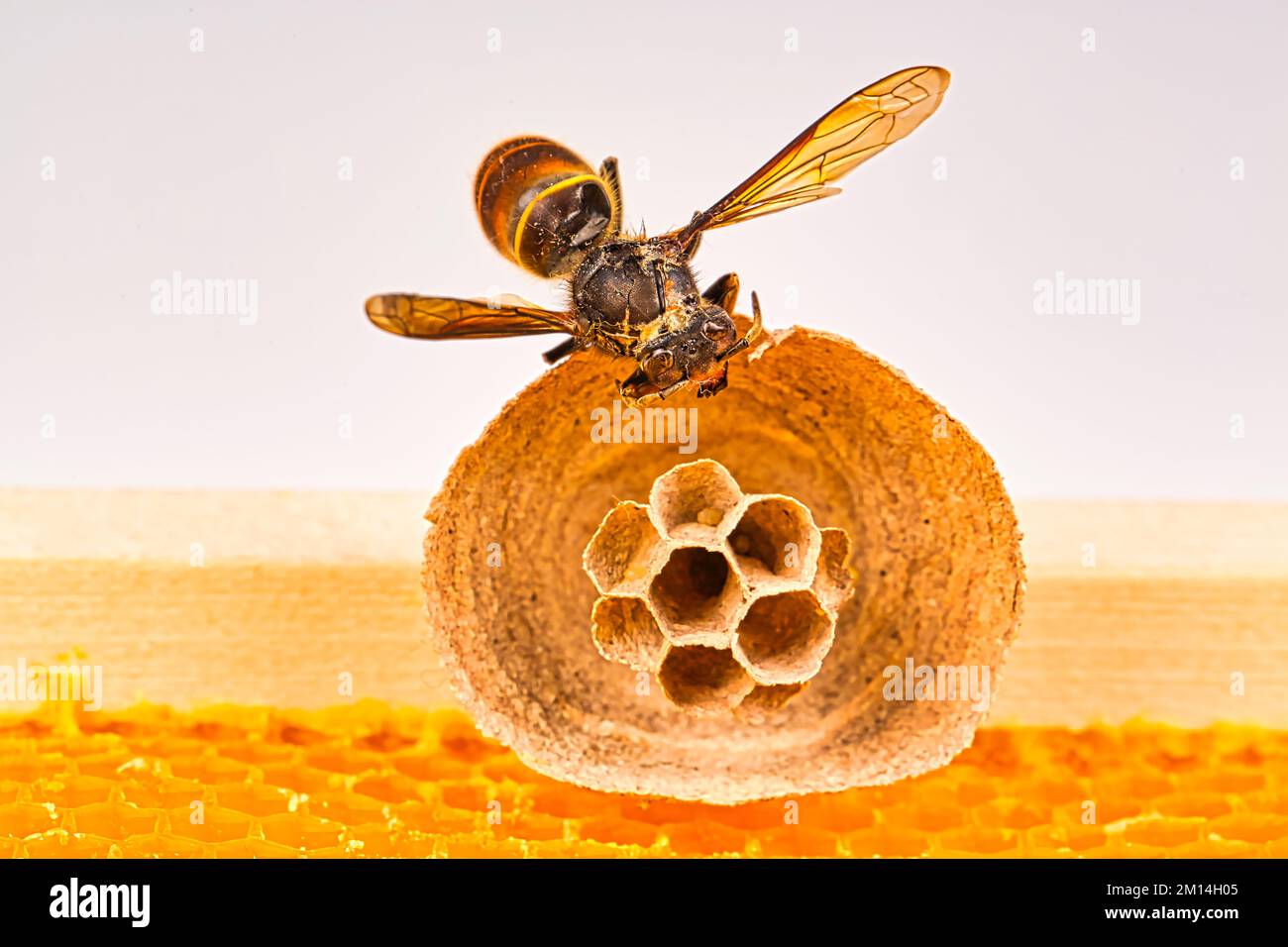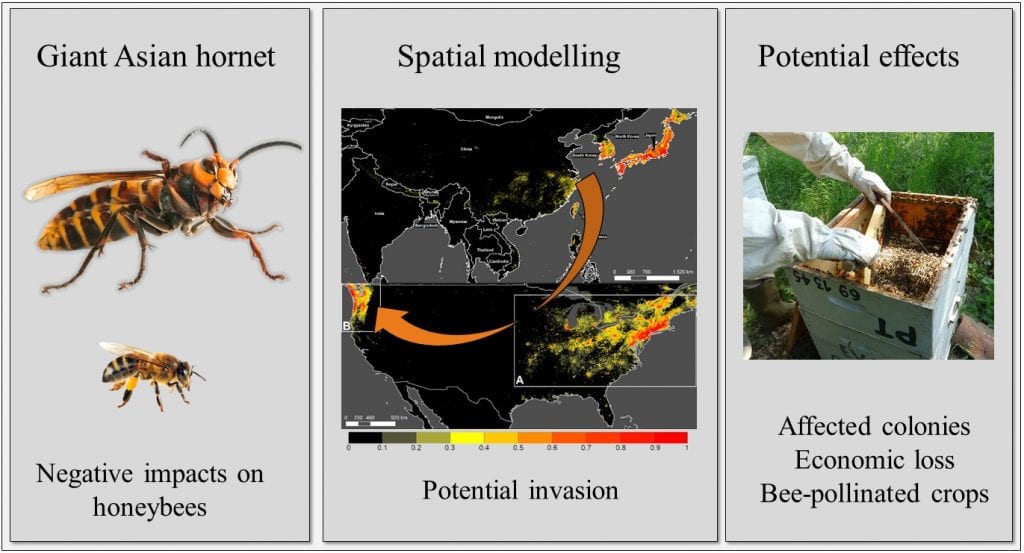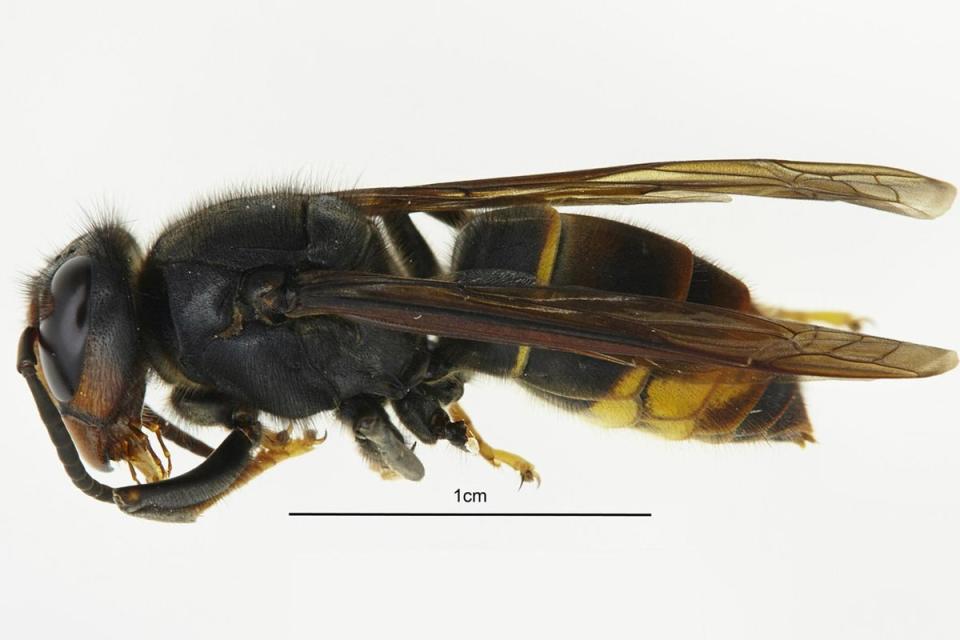Big Data Analytics on Honey Bees The Parts of a Beehive Biology Diagrams
Big Data Analytics on Honey Bees The Parts of a Beehive Biology Diagrams Bee pupae can be a food source for hornets and their young. When hornets invade a beehive, the bee pupae aren't killed. They are taken out and flown into their nest as food for their grubs. These bee pupae make excellent food sources for hornets and many other types of pests. If you have beehives around your home, it's important to get rid

Hornets are carnivores and opportunistic feeders that will eat whatever insects they can find. In the wild, they mainly eat bees, wasps, and flies. Their diet changes between seasons, as different food types become more abundant. Hornets are predatory insects, related to the yellowjacket, that occur throughout the United States and southern Canada.

What Do Hornets Do for The Environment? Biology Diagrams
Hornets visit flowers to gather pollen and nectar, making them significant pollinators. They can still assist in pollination even though they are less efficient than bees. Hornets play an ecological role in contrast to being a component of the food chain.

Hornets fit into nature's food chain as predators, sitting above most insects and creepy-crawlies in the food web. They are eusocial, living in nests with closely related species. Hornets are crucial to ecology as they primarily serve as insect predators, consuming other insects as food, especially swarms of flies, caterpillars, and other

1,400 different bug species found in the guts of Asian hornets Biology Diagrams
Beekeepers place the dying hornet on a glue sheet, which is then placed on top of the beehive. The incoming hornets are stuck on the glue, and they, in turn, release pheromones, which attract yet more hornets. This affects only the hornets homing in to attack the hive rather than killing the hornets at their source. In other words, it is solely The team saw a wide range of insects such as bees, wasps, beetles the prey species in the guts of more than 1,500 Asian hornet larvae. The larvae typically eat food that is provided by adult
